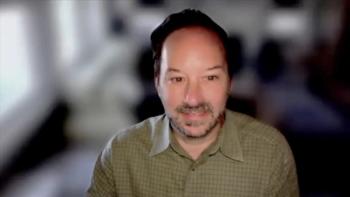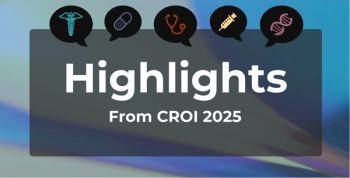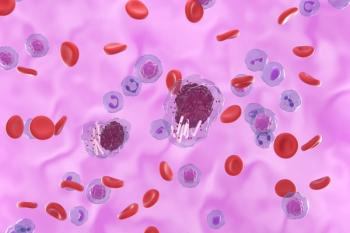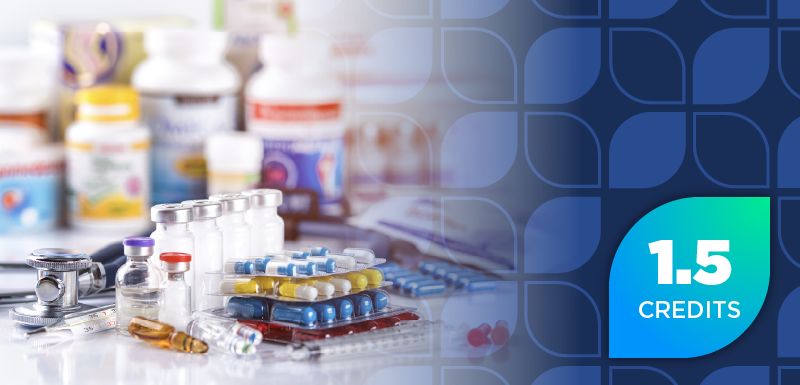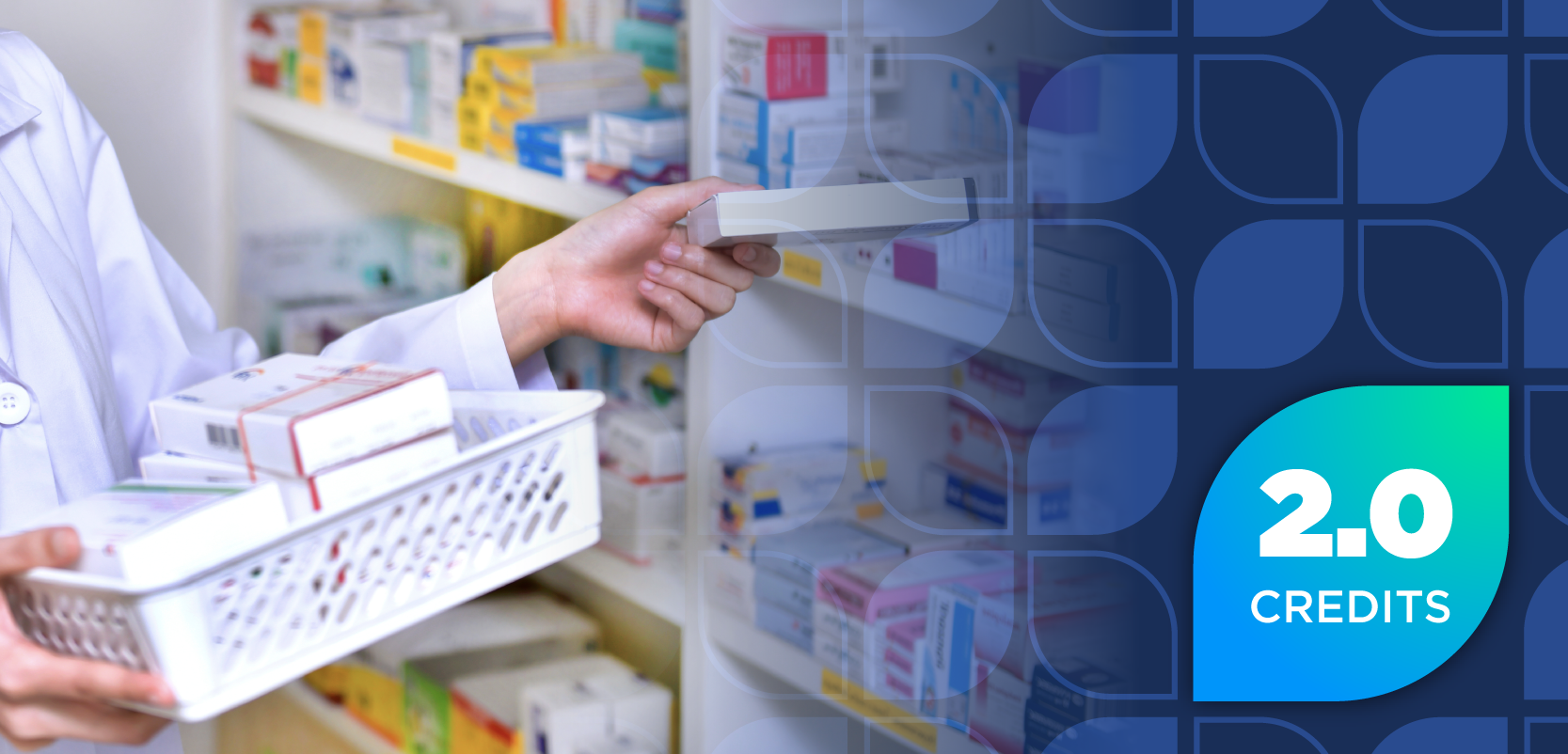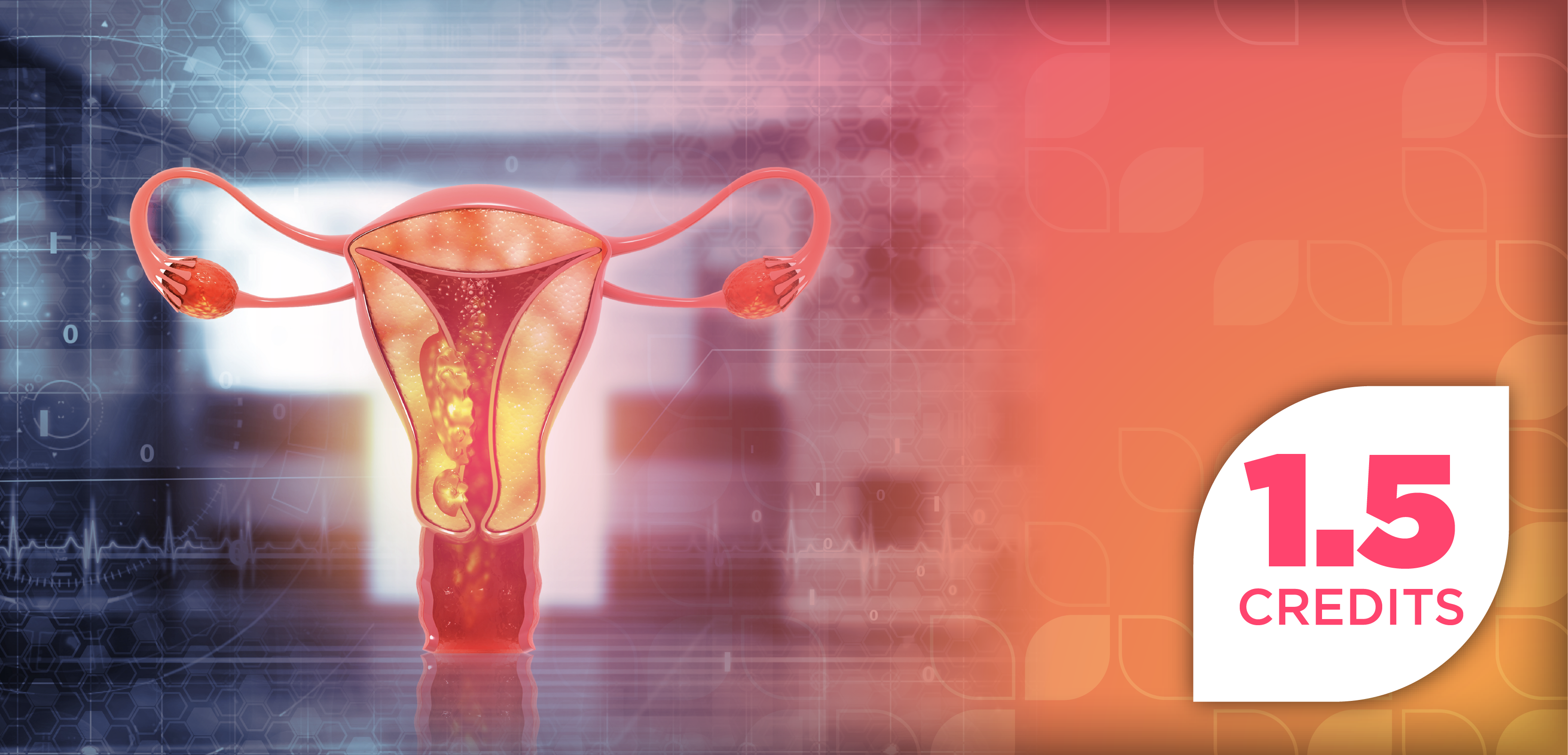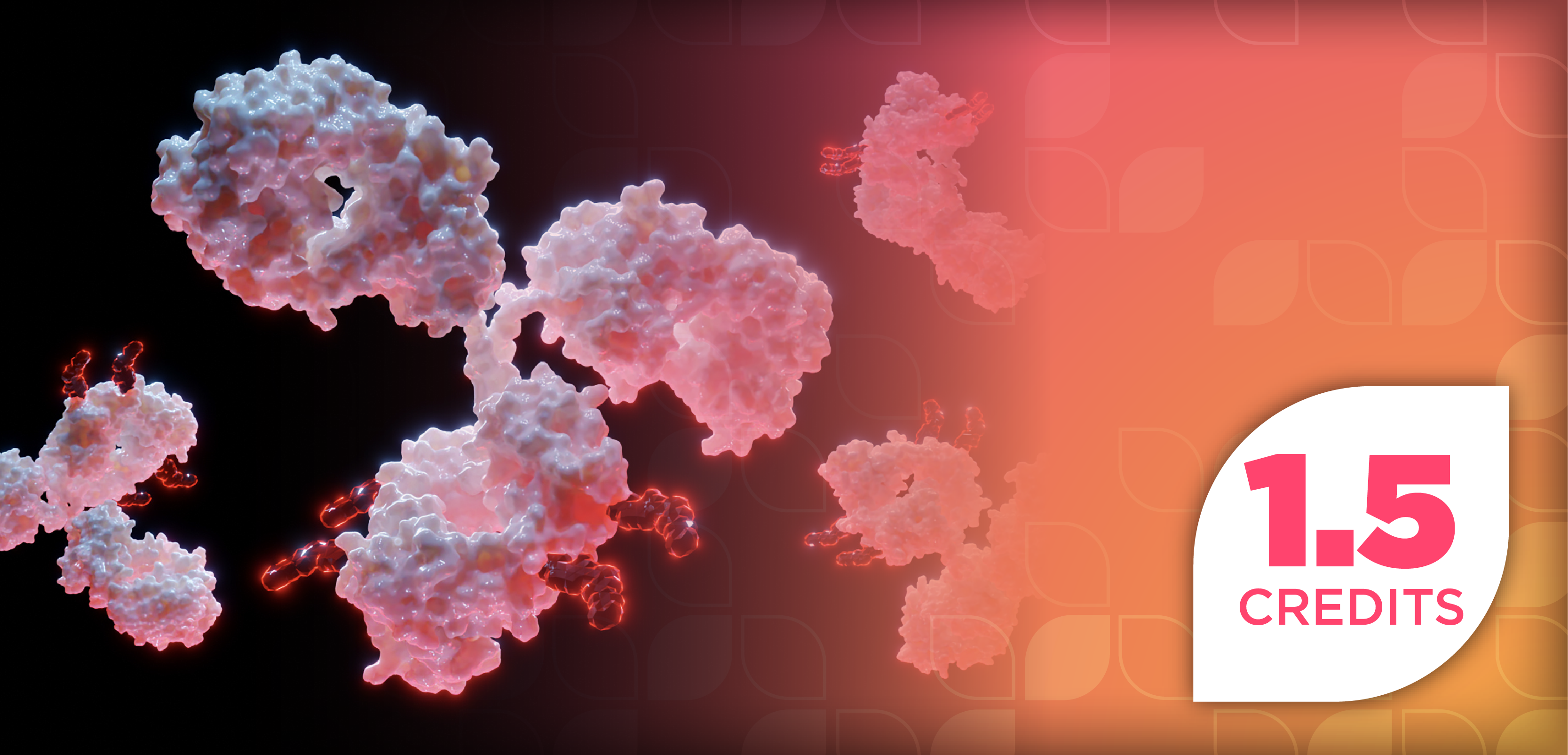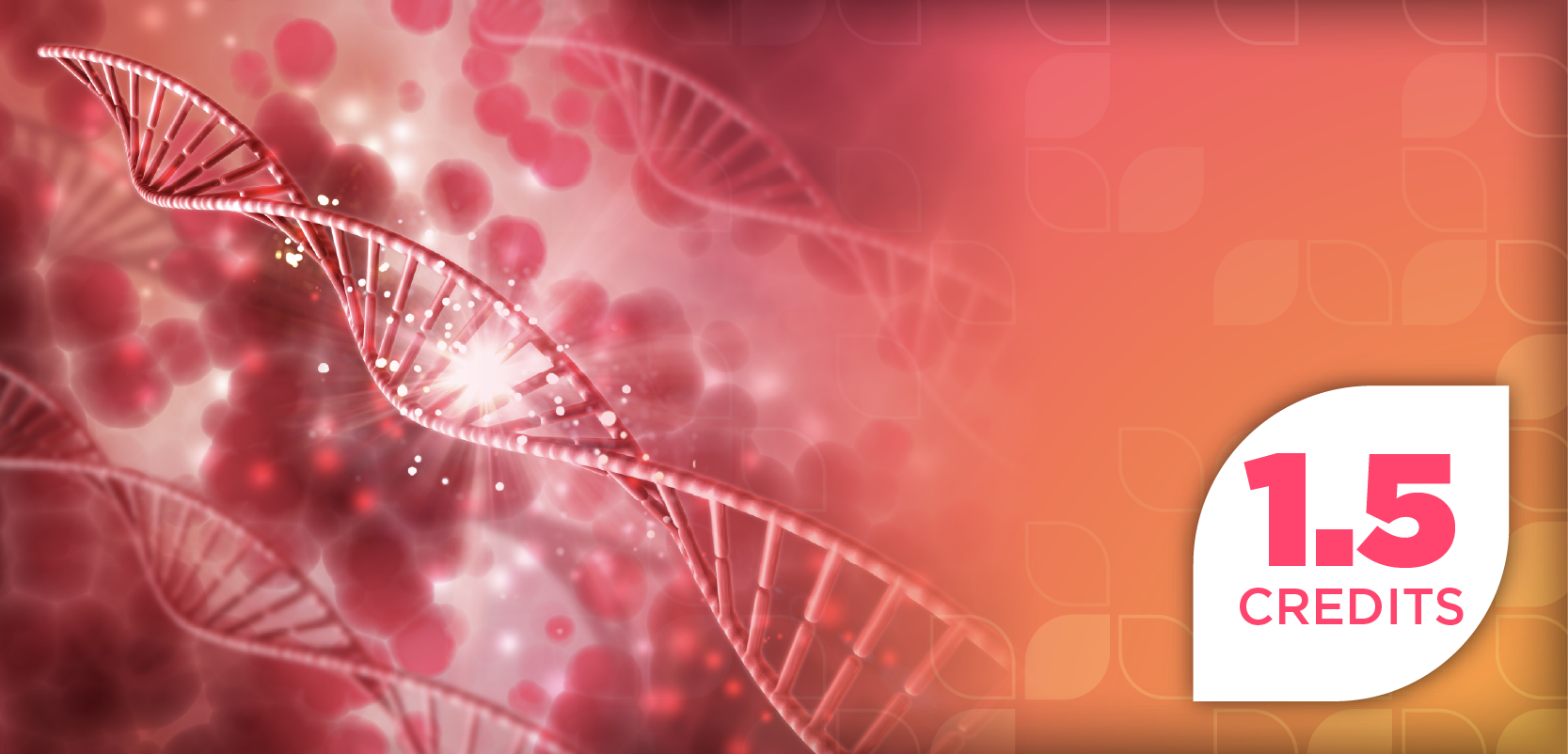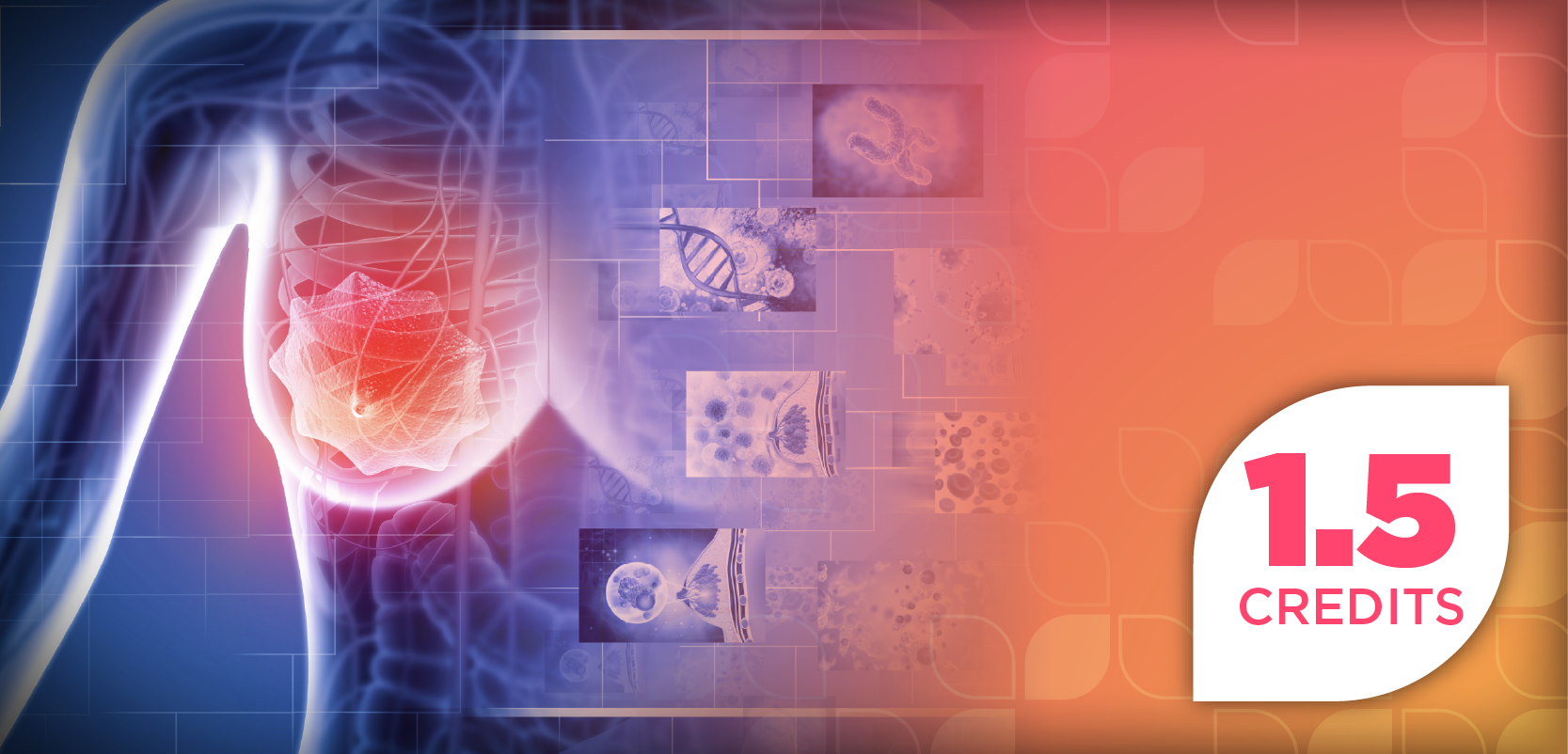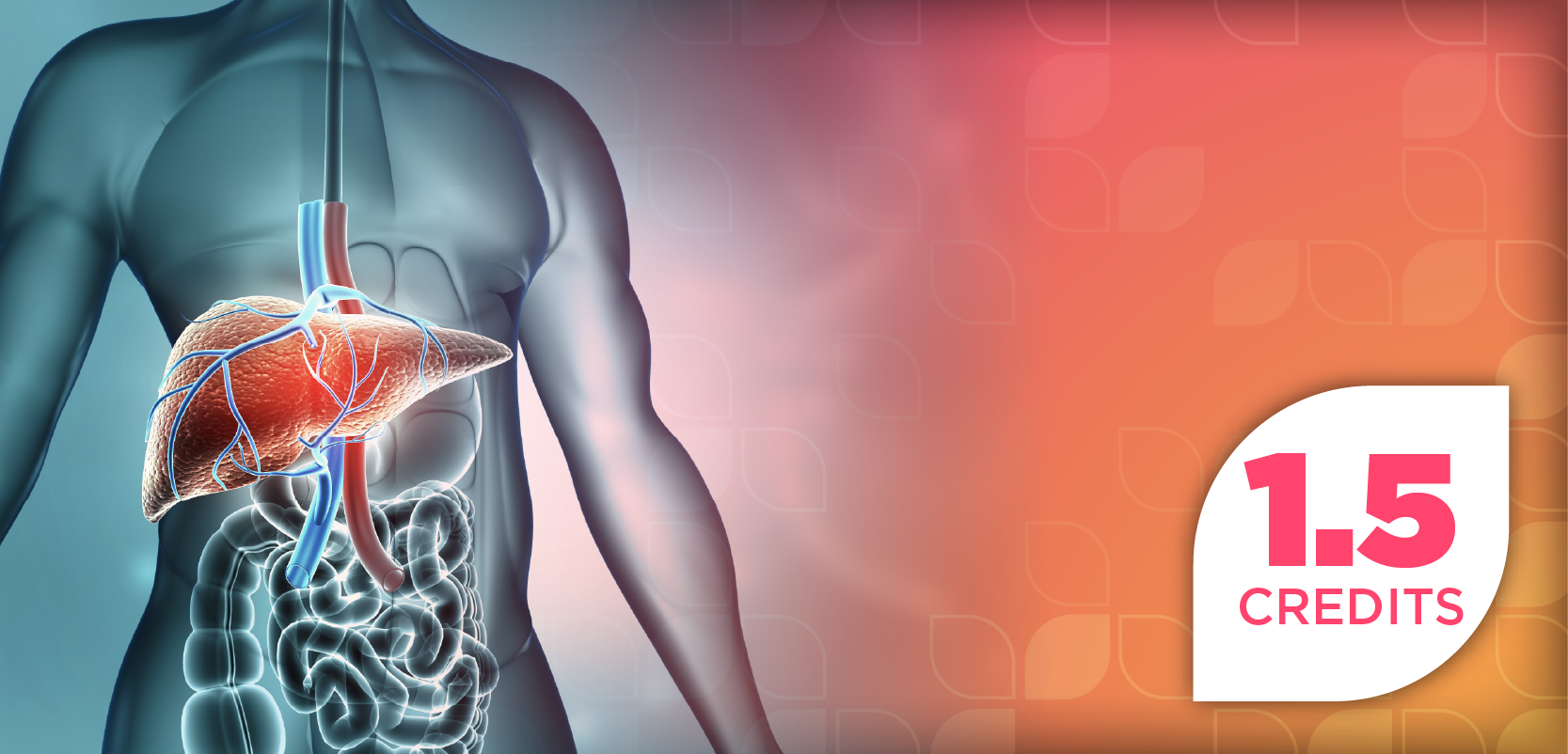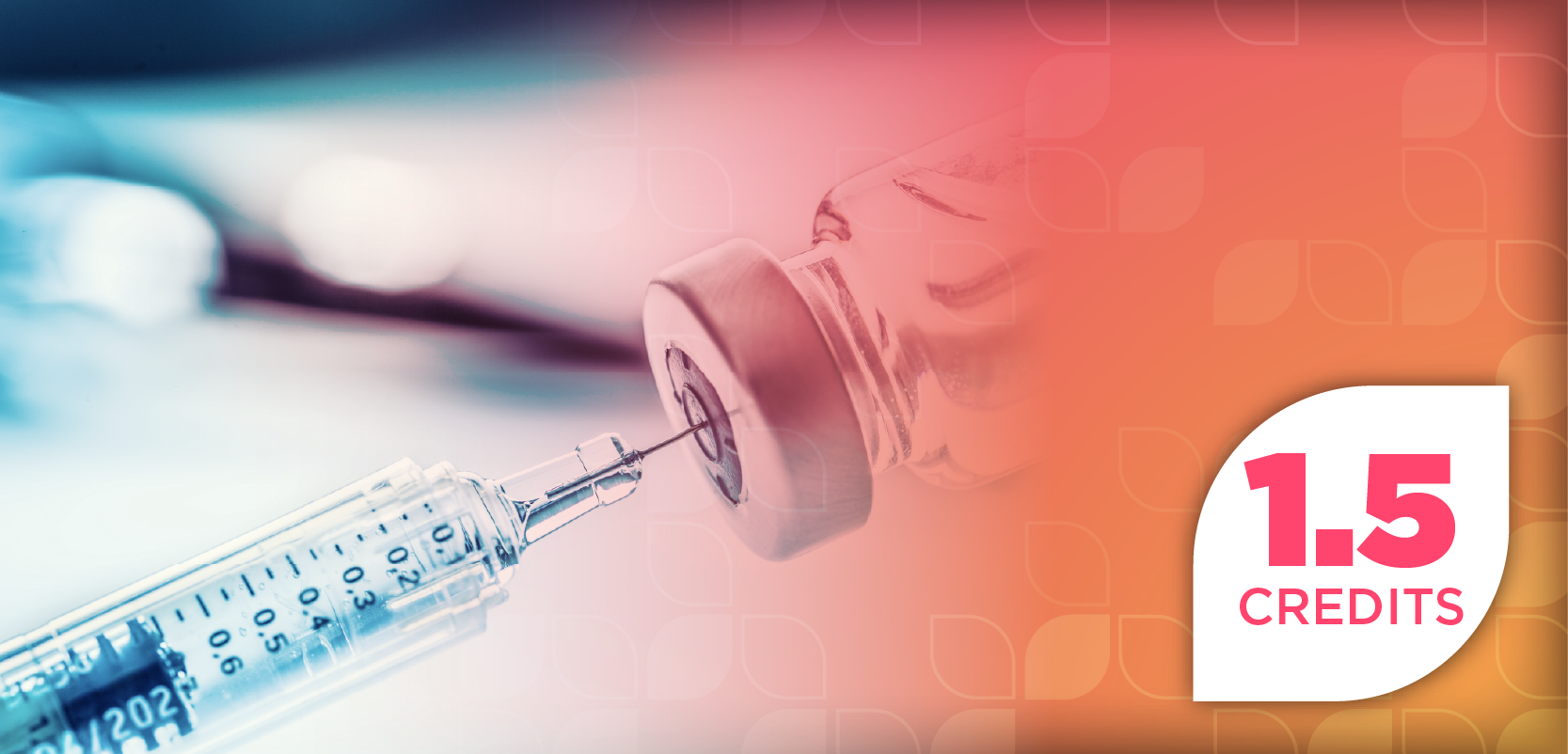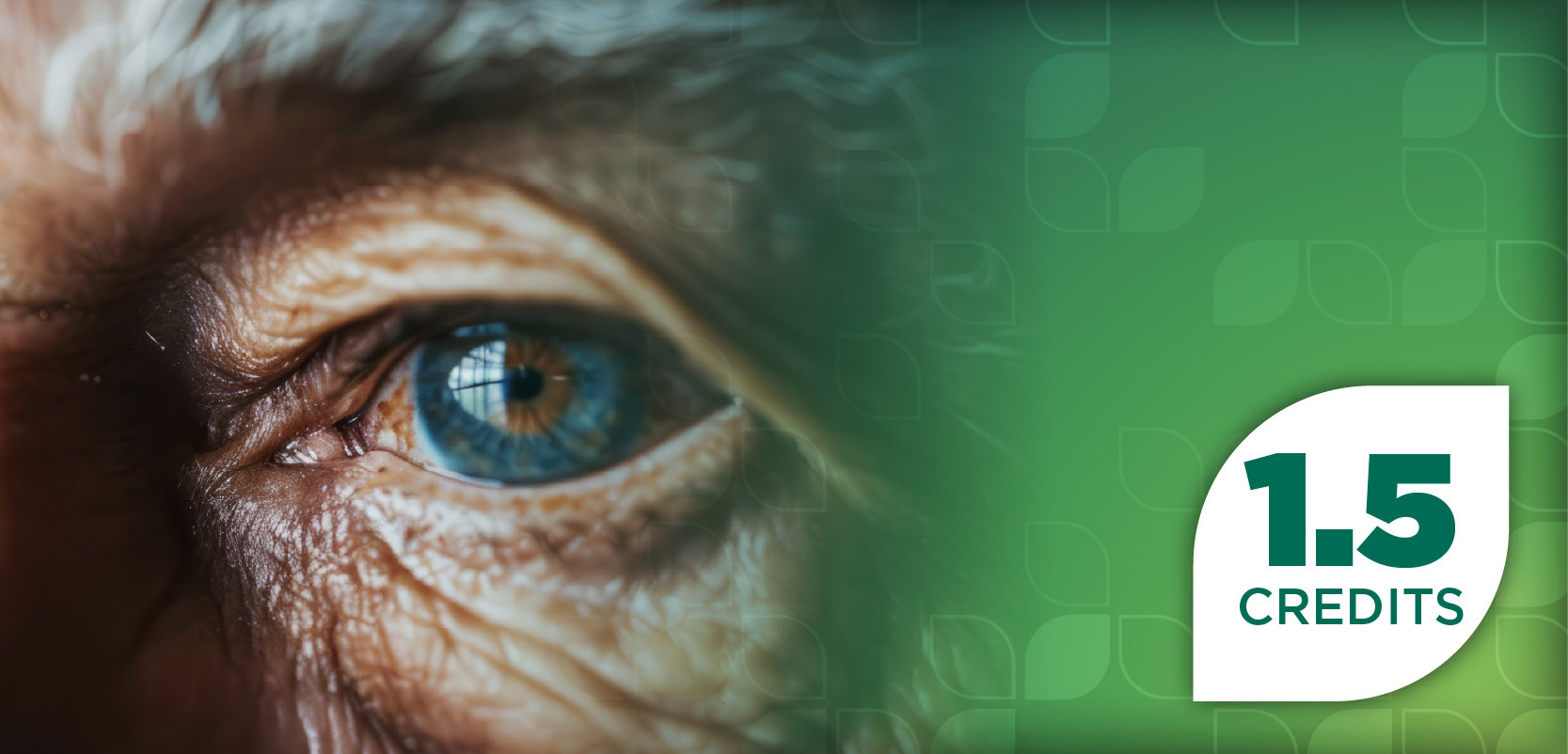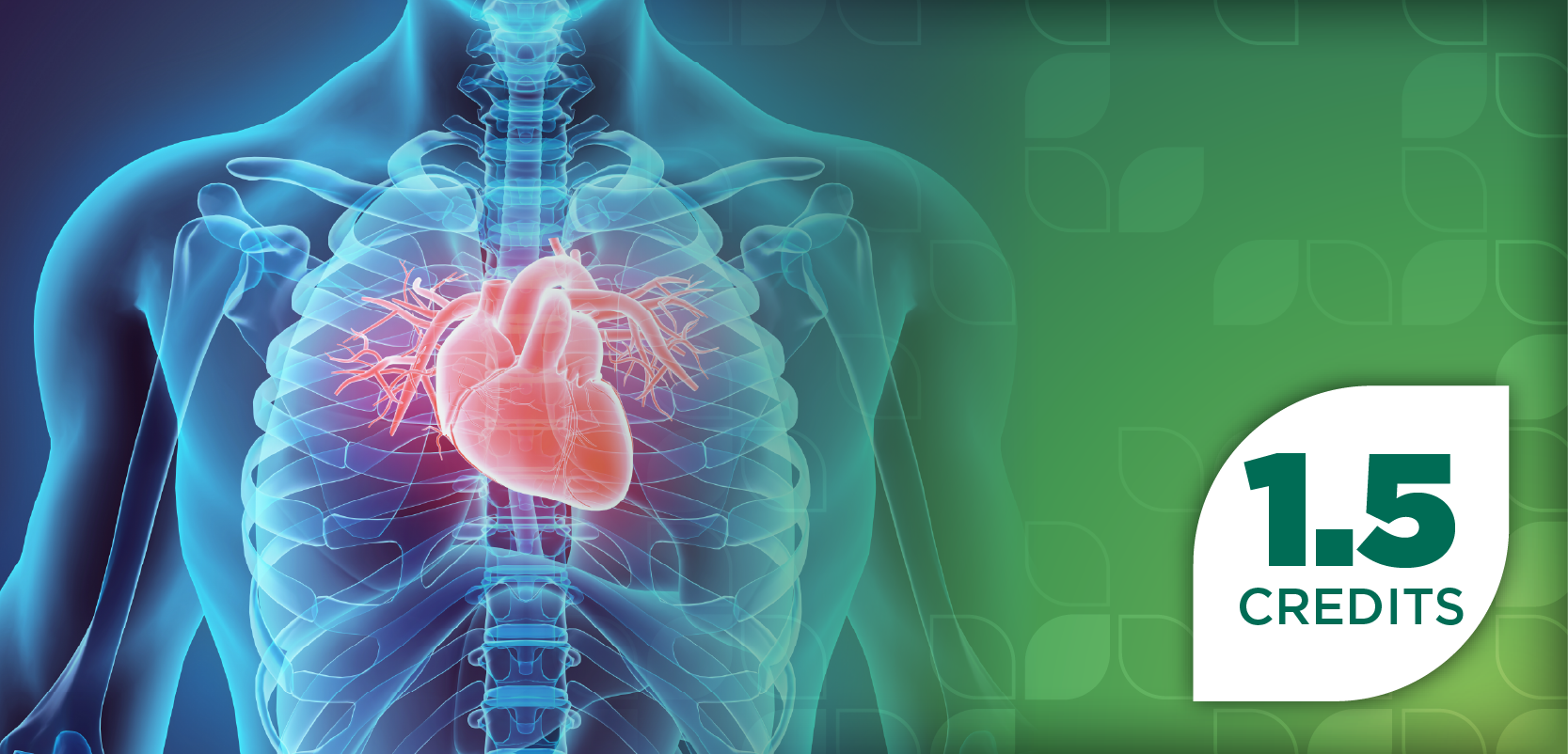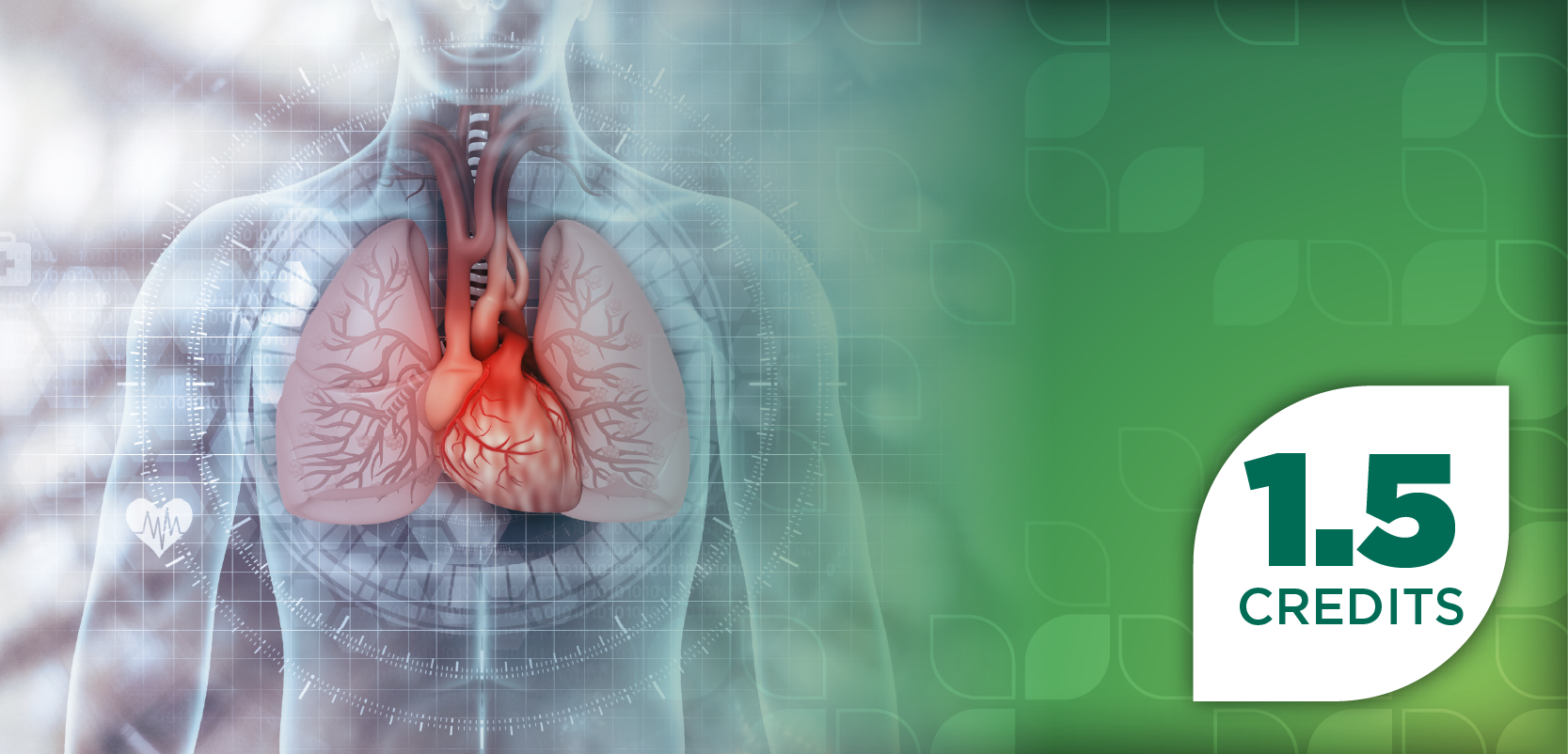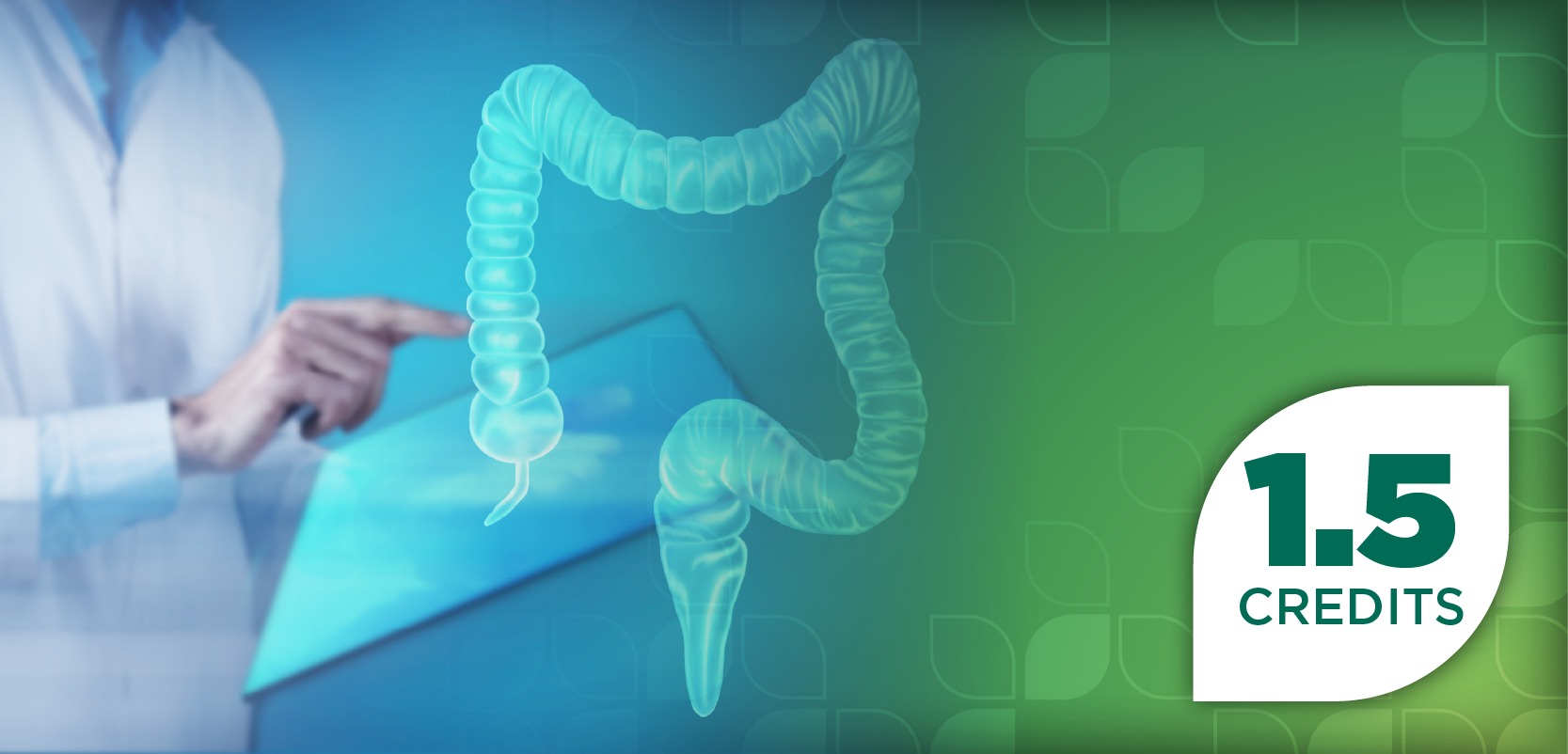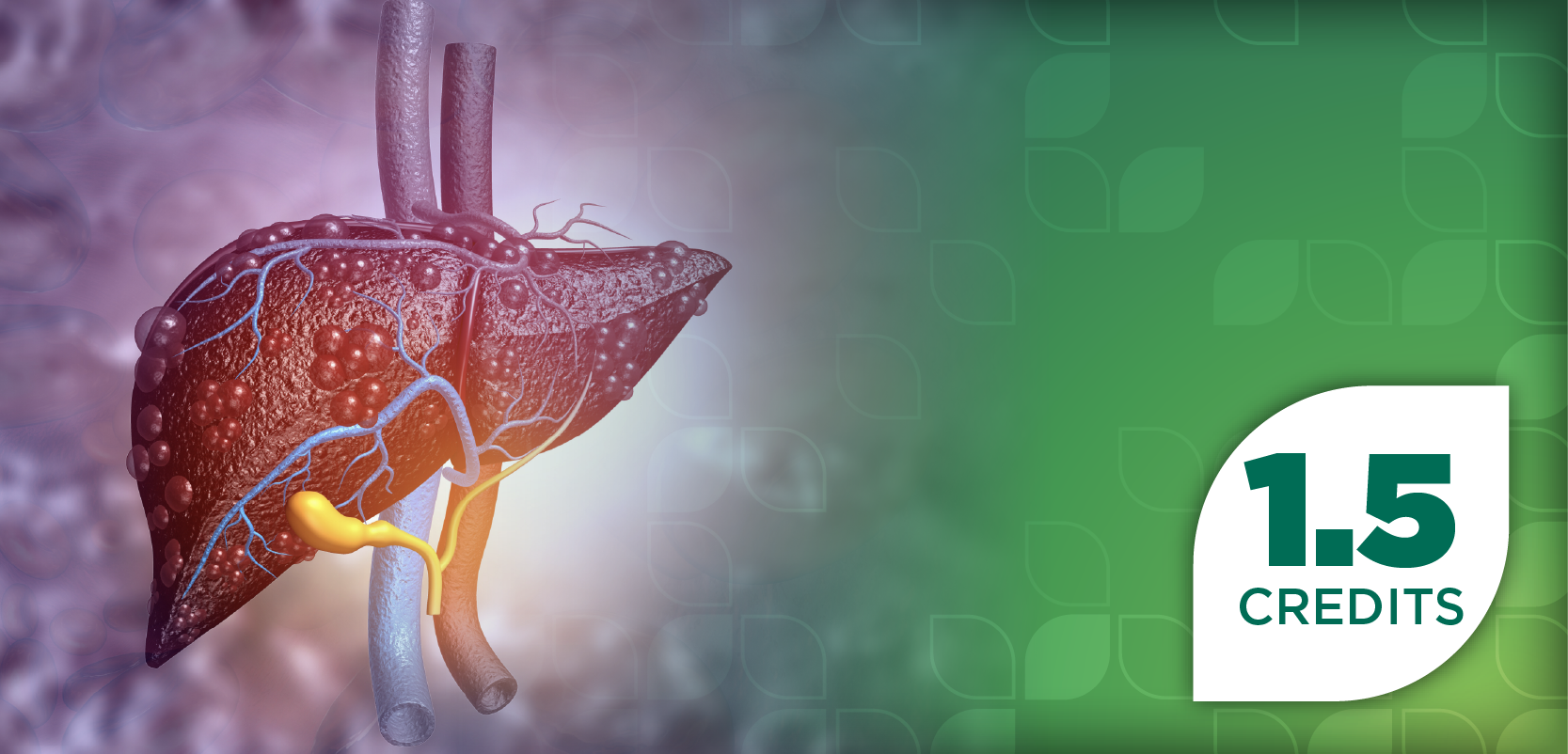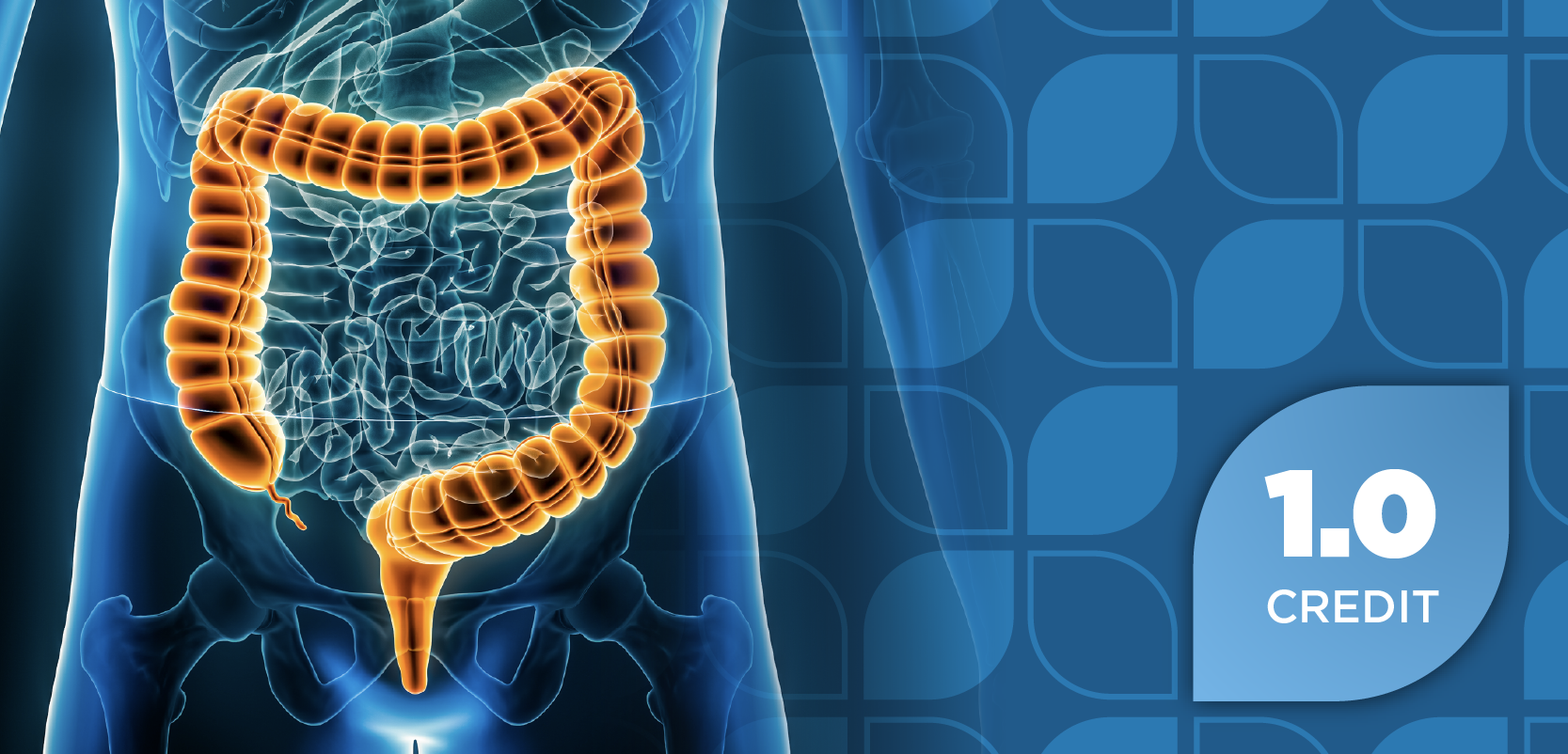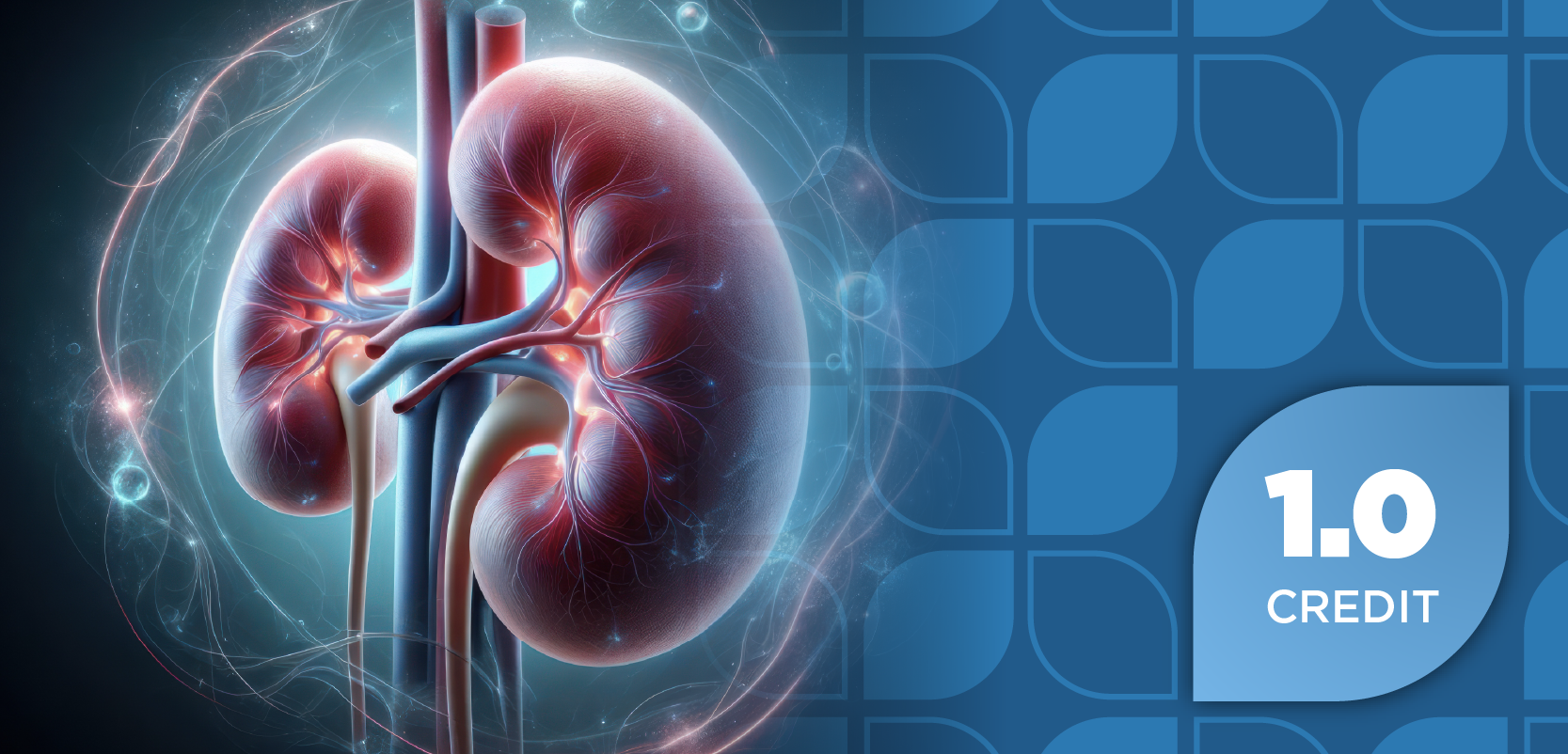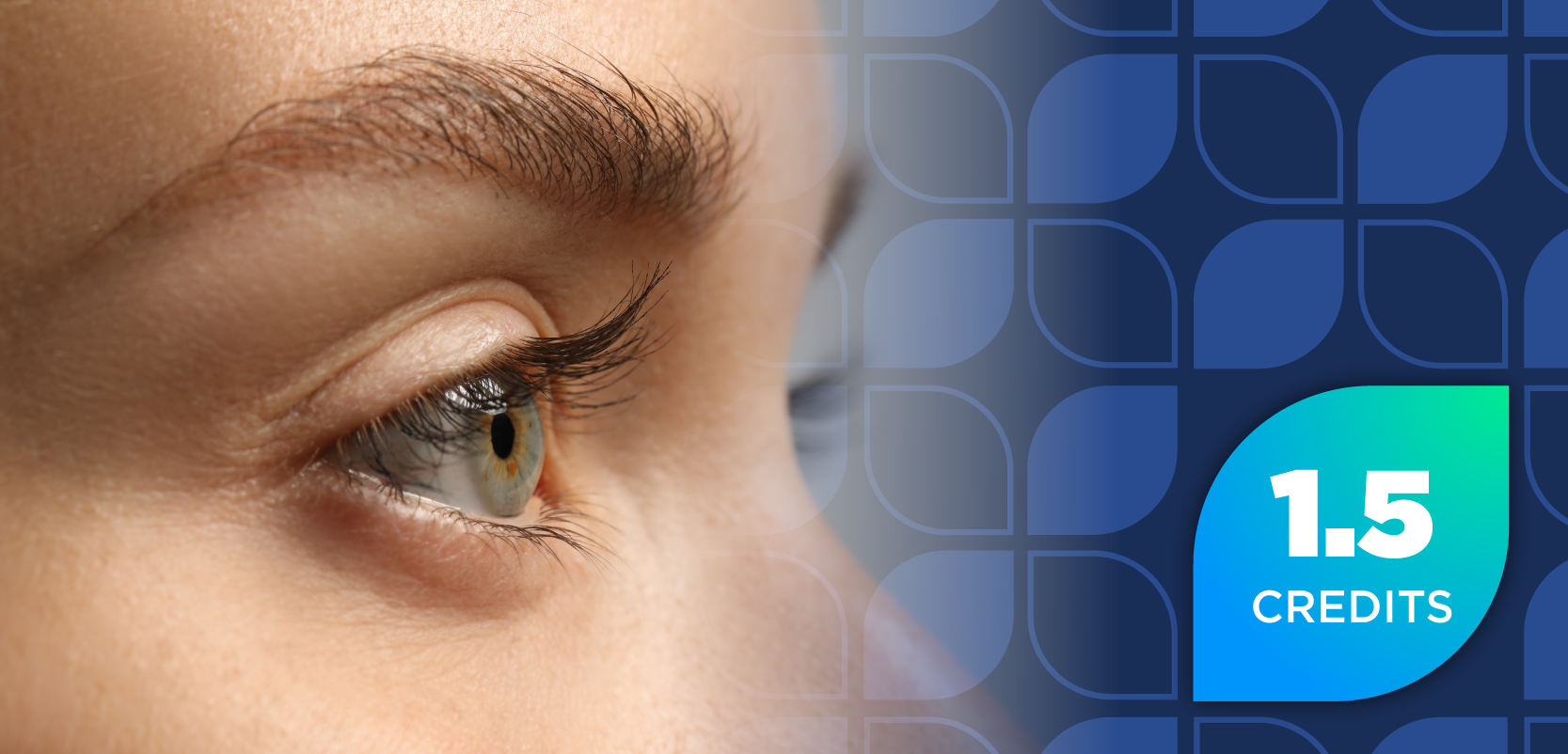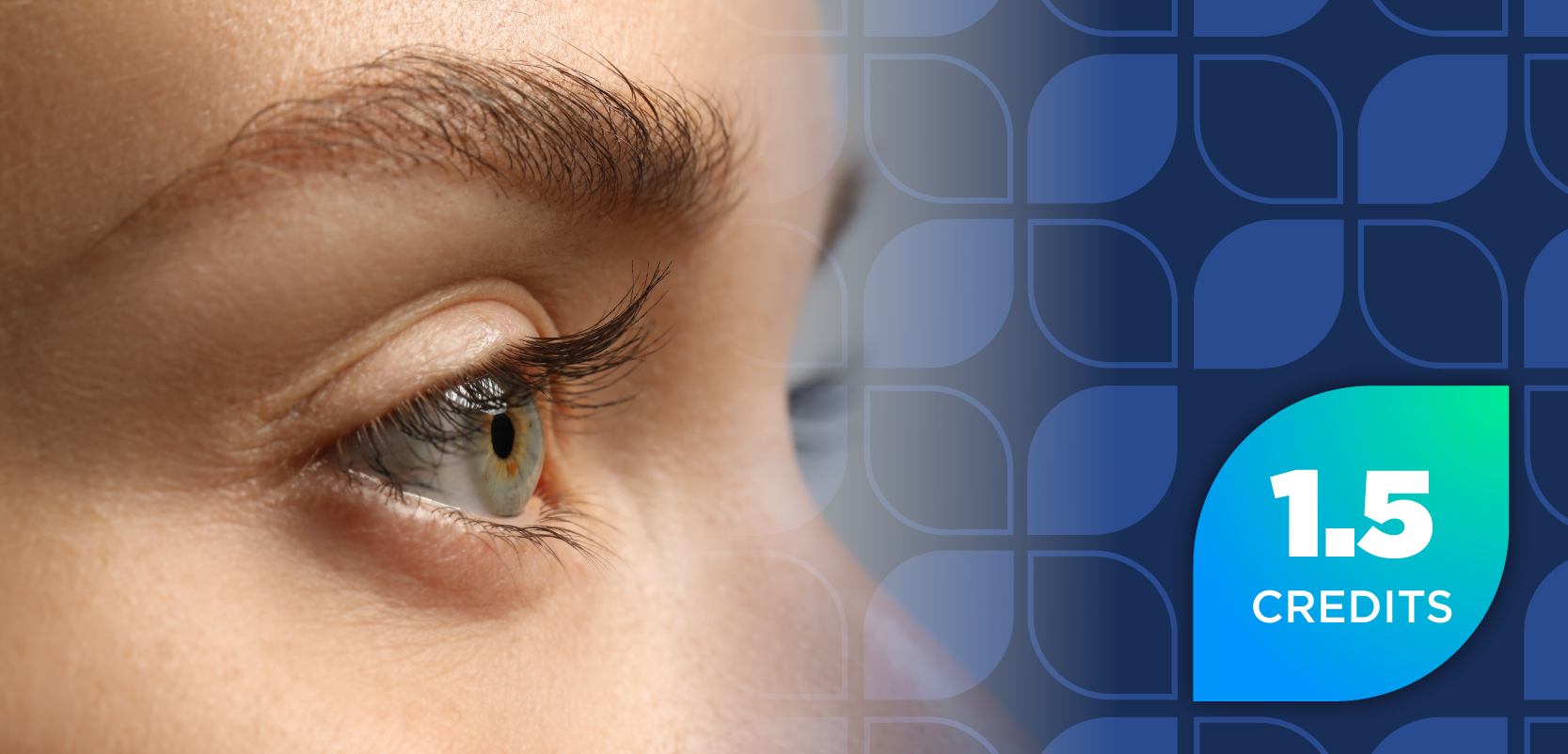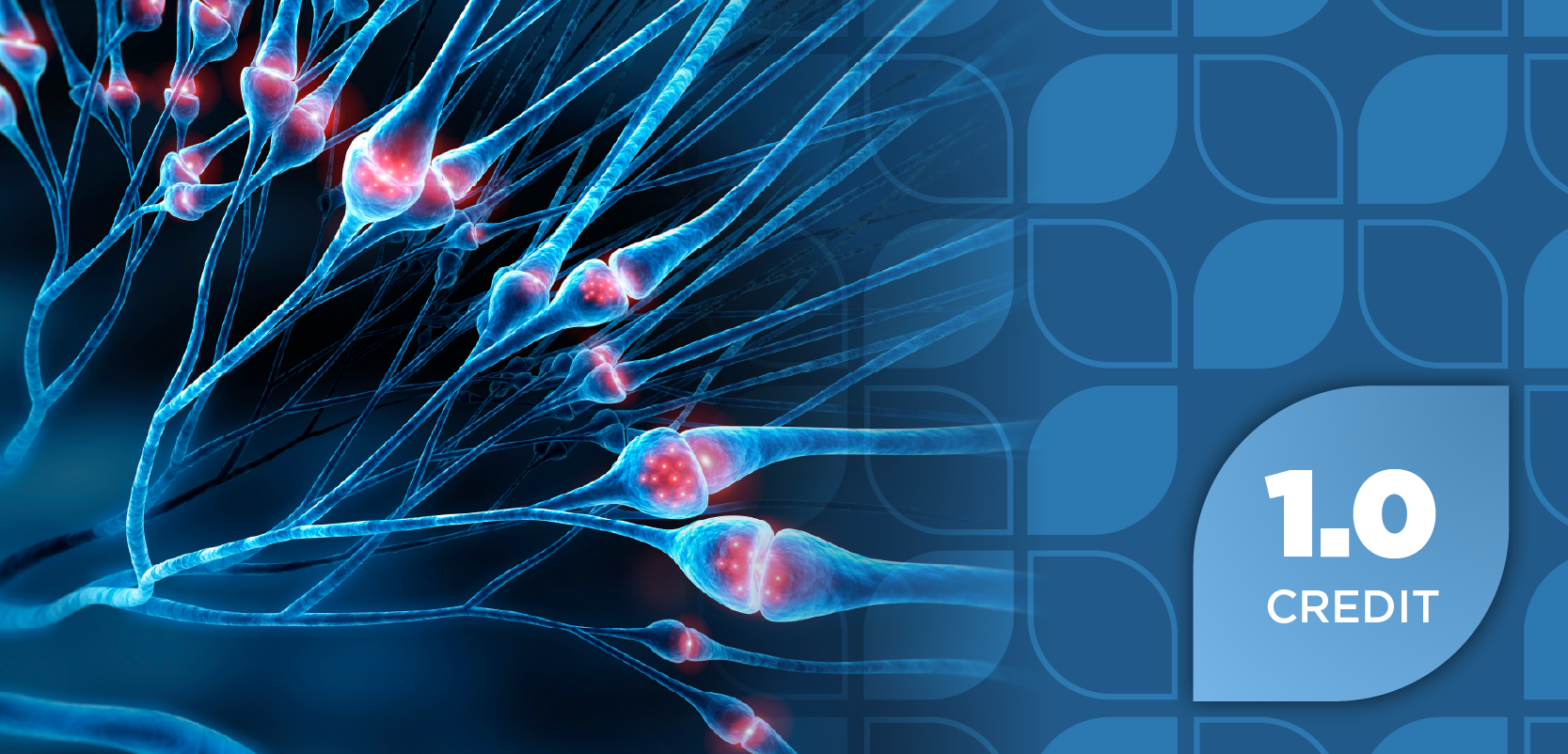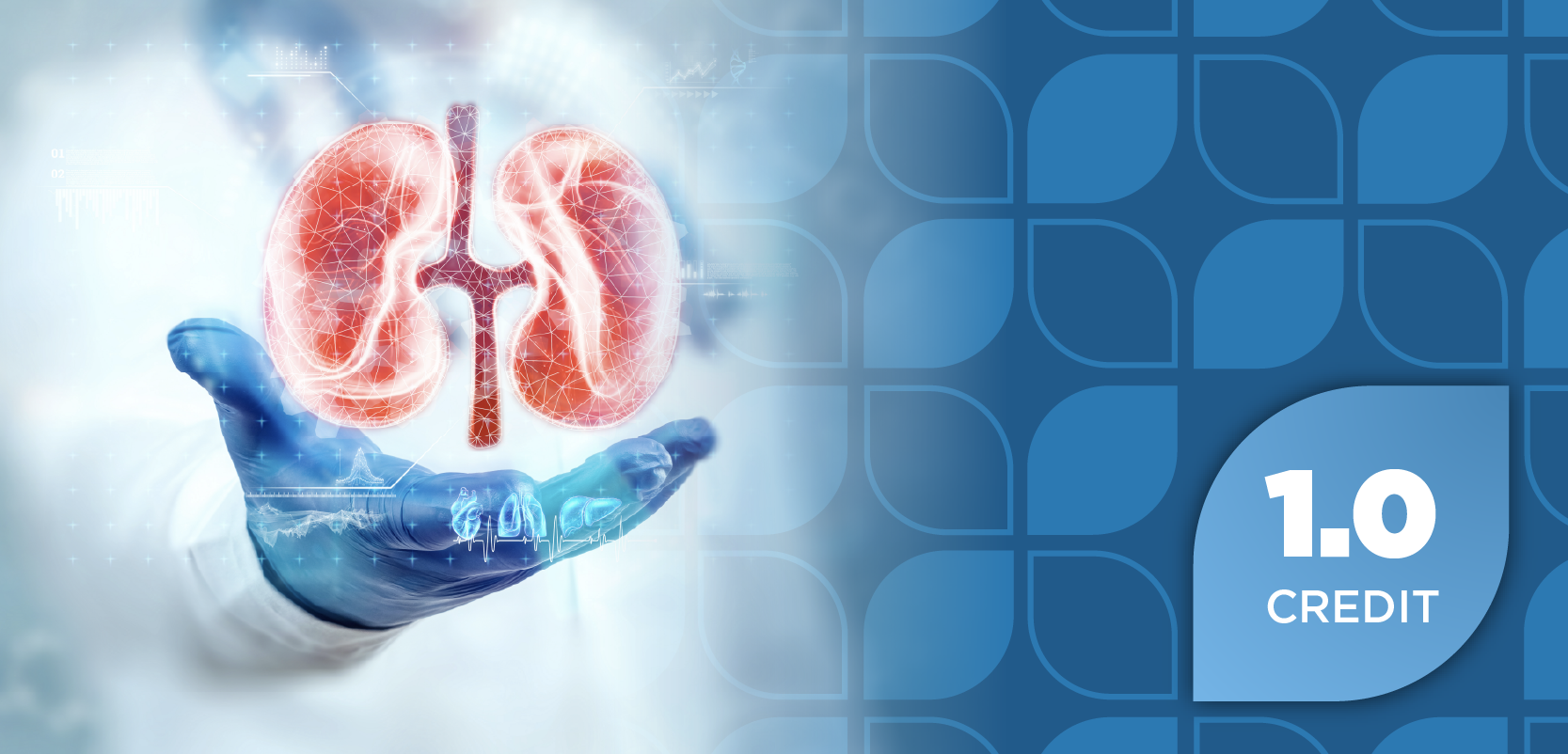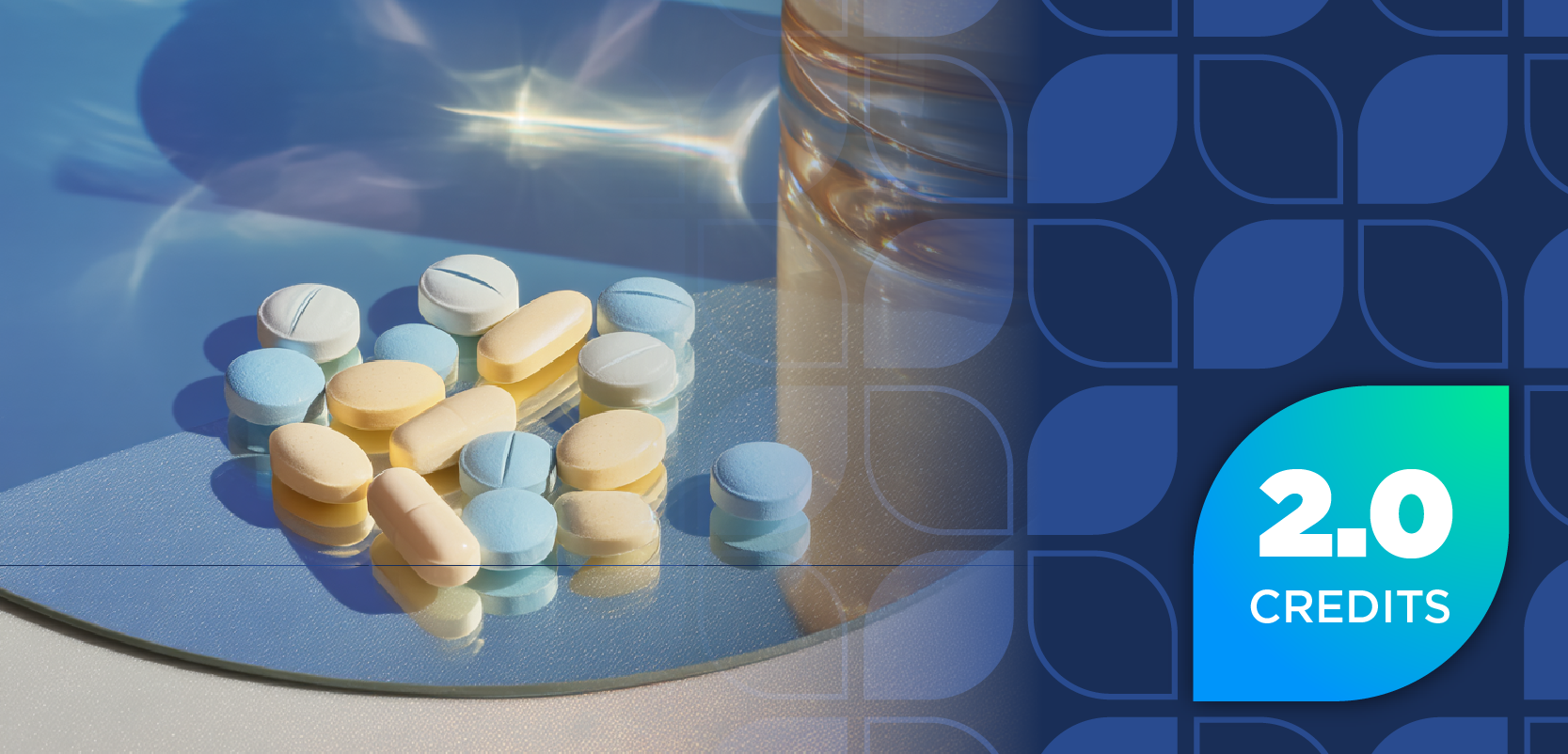
Dr Stephen Kingsmore Discusses Rapid Diagnostic Genome Sequencing Program for Newborns
BeginNGS aims to enable the prompt identification of potential genetic disease with its newborn screening program.
With the inaugural phase successfully concluded and phase 2 set in motion, the program, in alignment with the vision of the Rady Children’s Institute for Genomic Medicine, remains committed to its mission of screening newborns for treatable genetic diseases. Stephen Kingsmore, MD, DSc, president and CEO, at Rady Children's Institute for Genomic Medicine, shares details of the BeginNGS newborn screening program and its future goals.
The initiative aims to not only enable the prompt identification of potential disease but also to intervene at the earliest possible stage, ensuring timely and effective medical attention.
Transcript
Would you share the basis of the BeginNGS program and how it differs from existing newborn screening practices?
We have been testing babies at our institute for 8 years. We perform what we call rapid diagnostic genome sequencing and we have 2 Guinness World Records for this. The idea is, many babies who are critically ill are suspected of having genetic conditions, and up until now, there really wasn't a way to get to an answer fast enough to affect their management in an intensive care unit. So for, as I said, 8 years, we've tested thousands of babies, and we found a very, very high diagnostic rate, roughly 30%-40%.
As we went along that journey, and increased the volume, we realized we are probably missing 9/10 of genetic disease here, why don't we reengineer newborn screening to have a genome sequence? Why don't we get the benefits of the genome sequence? We've been doing it for years and thousands of babies, we know how to do this. Why don't we change the form factor and scale it so we could do it in every baby?
Current newborn screening on a dried blood spot is limited. According to the federal criteria, it's called the RUSP, the Recommended Uniform Screening Panel, is 34 conditions. And it is very effective, it picks up about 6600 babies a year. However, that RUSP, that panel, hasn't really grown in 2 decades. Only, I think, 6 conditions have been added in 2 decades. In that time, the drug industry has been incredibly effective at developing new drugs, and there are probably 700 conditions that ought to be screened for, and the RUSP has not kept up.
The public health system does not have the capability of keeping pace with drug development and the gap between what’s screened for and what should be screened for is not immense. And so instead of 50,000, or 100,000 babies being detected at birth, we pick up 6000. That's the essence of the problem, and the solution is a very high throughput, inexpensive genome sequence, plus the various pieces that traditionally were part of newborn screening, to solve that problem.
Newsletter
Stay ahead of policy, cost, and value—subscribe to AJMC for expert insights at the intersection of clinical care and health economics.

